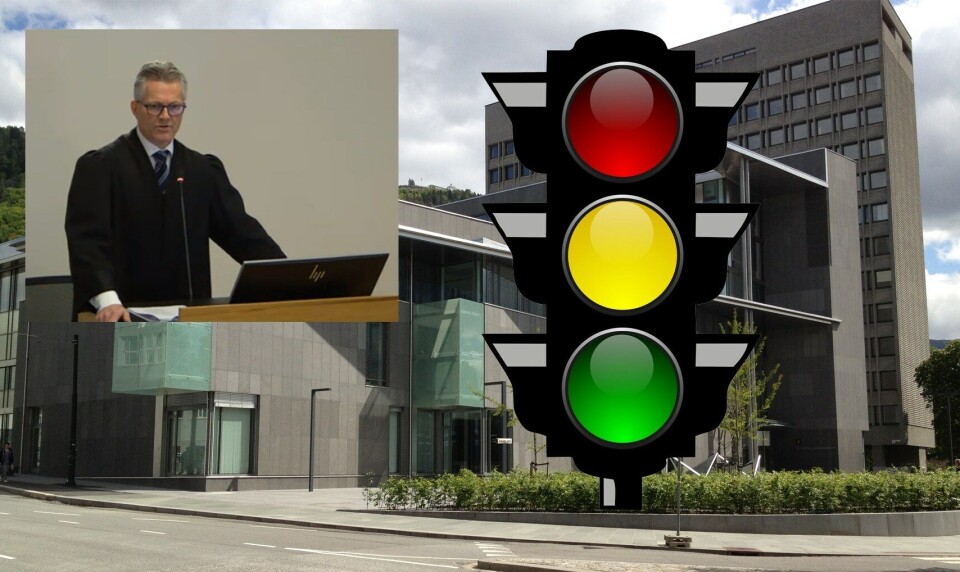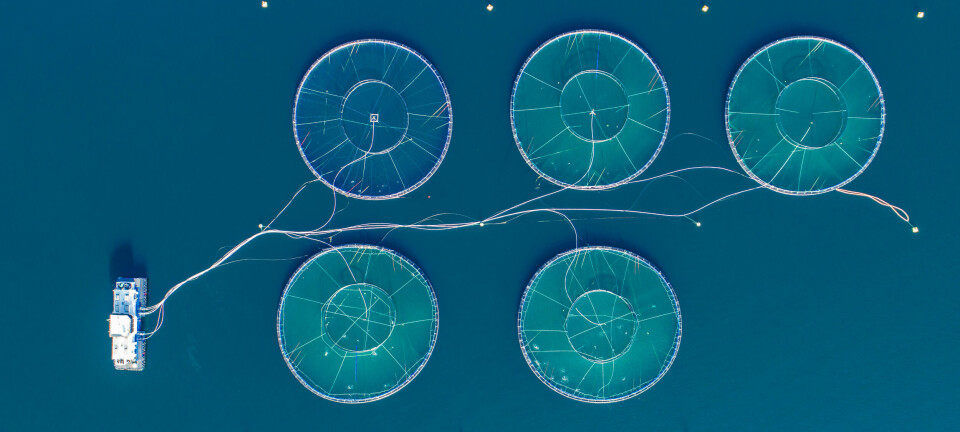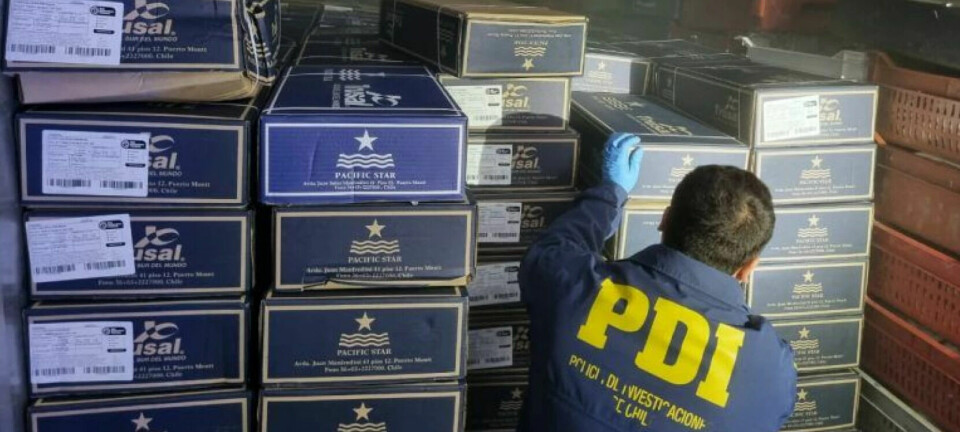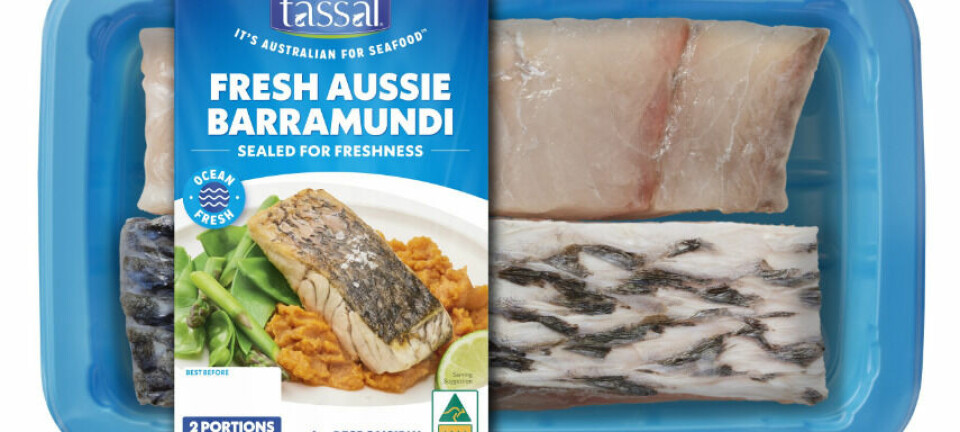
First punches thrown in Round 2 of ‘traffic light’ fight
The second installment of a challenge by Norwegian salmon and trout farmers against a decision to reduce their maximum allowed biomass by 6% has begun.
All 25 fish farming companies in production area 4 (PO4), including salmon heavyweights Mowi and Lerøy, are contesting the decision made by the Ministry of Trade and Industry under Norway’s “traffic light system”. The system is intended to ensure sea lice from farms don’t harm migrating wild salmon smolts.
The PO4 farmers lost a case they brought to a district court last year, but an appeal will be heard in Gulating Court of Appeal, starting next Monday. Ahead of that, lawyers for the farmers and the state, which is defending the ministry’s biomass reduction, have made submissions to the court.
Damages claim
The farmers are seeking to have the biomass reduction rescinded and also want damages for being forced to harvest fish early in order to comply with the ministry’s order.
The central pillar of the farmers’ argument is that the law states any downward adjustment in biomass is “necessary from the point of view of the environment”.
Mortality not proven
“In order for the environmental impact to be labelled as ‘unacceptable’, with the consequence that there may be grounds for adopting down-regulation of company MTB (maximum biomass), it must be proven according to the preparatory work for the traffic light system that more than 30% of the wild salmon population in the production area dies as a result of lice from breeding,” the farmers’ lawyers write in their submission.
The farmers maintain that the conditions for down-regulation were not met, and that the decision was based on what they call “a failing factual basis”.
Wild salmon increasing
“The state has not proven that salmon lice produced in farming are population-regulating for wild salmon. The fact is that wild salmon populations in PO4 have increased,” the farmers’ lawyers write.
They believe that the state has in any case not proven that more than 30% of the wild salmon population in PO4 dies due to salmon lice from farming.
Key elements ‘incorrect’
“There are fundamental weaknesses in the way the actual basis for pull-down - the degree of lice impact on wild salmonids in the production area - is measured and assessed. Key elements for the assessment of the impact are incorrect, and in all cases not probable.”
The lawyers believe that the absence of a sustainable factual basis therefore violates the legislator’s preconditions for the introduction of the traffic light system.
“The fact is that the fish farmers in PO4 have implemented effective measures that have resulted in salmon lice production being reduced, year by year,” they emphasise.
They also argue that:
- The biomass reduction is based on undocumented and incorrect values for salmon lice-induced mortality in wild salmon, so-called limit values. NFD (Norwegian Fisheries Directorate) has ignored the need to ensure quality figures for mortality in Atlantic salmon and ensure that these were used correctly in the traffic light assessments. The same applies to mortality in salmon lice before they grow to harmful stages.
- A decisive factor is whether the wild smolts encounter lice during their migration to the sea. As a result of lice “blooms” throughout the spring and summer, it is important to link the correct time for smolt migration with the lice bloom profile. The farmers maintain that the biomass reduction is based on the wrong time of emigration, emigration pattern and migration speed for the smolts. With the right data, the modelled infection pressure is significantly lower.
- The decision is based on field observations that suffer from methodological weaknesses and results fraught with concrete errors. Basic data show that the field observations also do not provide a basis for concluding with a “red light” in PO4 in 2018 and 2019.
- The only area that was assessed red during the smolt migration - Sognefjorden - constitutes about a quarter of theoretical smolt production and area in PO4. Even if this area had been red (in 2019), it would not be representative of or contribute to the whole of PO4 becoming “red” in 2018-2019.
- Contrary to the legislator’s assumptions, the observations do not distinguish between the addition of salmon lice from farming and other sources of lice.
- Unexplained and random individual results and special weather / climate and environmental conditions are not elucidated in the actual report. Such random effects must be taken into account by the NFD because this does not say anything about the area’s environmental status.
They also advocate that the state, in their opinion, has previously refused to take into account facts that have come to light after 4 February 2020 and which show that the basis for the red light is incorrect.
Lawyers for the state argue that the farmers are not presenting any new evidence to that heard in Sogn of Fjordane District Court, which ruled in the state’s favour on all counts.




















































